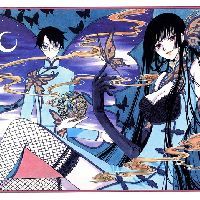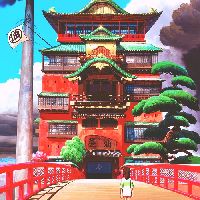Blue Exorcist(Ao no Exorcist) is an incredibly unique show with a detailed and interesting background. It is stuffed to the brim with references to biblical people and places and to other works of demonology such as The Lesser Key of Solomon and Dictionnaire Infernal. Let's inspect some of the more notable references in the series.
Mephistopheles:
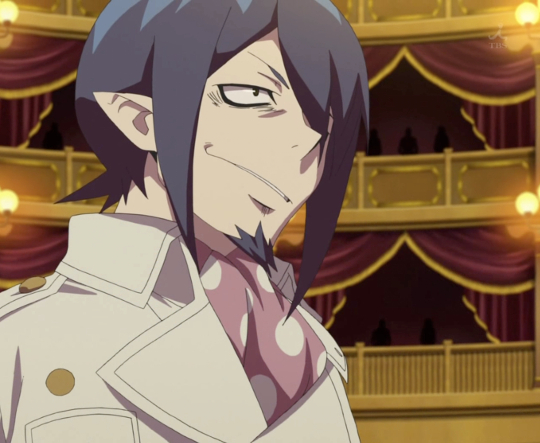
The character Mephisto Pheles gets his name from the antagonist of the classic German legend, Faust. In the legend, Mephistopheles is a demon who represents Satan's will and who is known for deceiving people. This actually lines up with the character from the show pretty accurately. Mr. Pheles always has an ulterior motive of deception and is Satan's son. He doesn't necessarily want to see Satan's vision realized though because he has his own motives and is just a spectator. The start of episode 25 also shows him making a deal exactly like the one in Faust.
Satan:
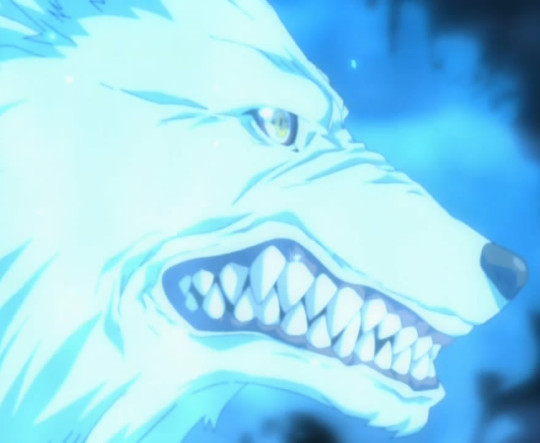
The portrayal of Satan in the anime is actually very close to how he is portrayed in the Bible. In Biblical stories, Satan is known as a tempter and seducer of people to revert to sinful ways. Satan does this in Blue Exorcist by making people give in to the darkest thoughts in their mind, and therefore being able to possess them. He also does this by trying to tempt Rin to become the Prince of Gehenna.
Ukobach:
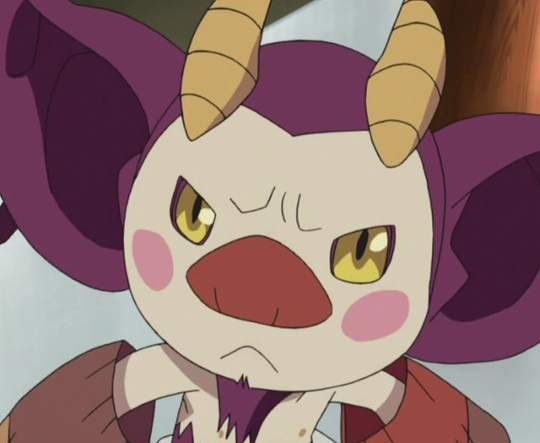
In the Dictionnaire Infernal, Ukobach is said to be the inventor of fried food. He is also said to be a demon of lesser status and is portrayed as being very tiny with large ears. The Ukobach of the anime is virtually the same as his historical counterpart.
Gehenna:
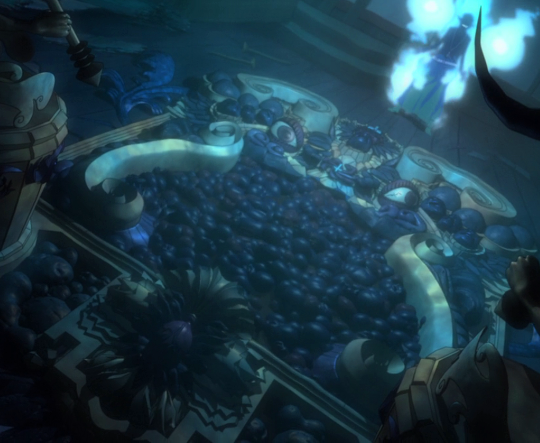
In Judaism, Gehenna is a place where the wicked go to atone for their sins after death. They are held within Gehenna for twelve months as punishment for their evil deeds. In Blue Exorcist, Gehenna is the world where all demons exist. However, there are good demons in the show, such as Kuro and Ukobach, which does not entirely line up with the religious context of the term.
Assiah:
As opposed to Gehenna, Assiah is considered to be the plane of material action in Hebrew religion. It is also where evil is fought. This is a good parallel to the show, as Assiah is where humans reside and where exorcists fight off Satan and other evil forces.
Due in large part to its detailed references to demonology, Blue Exorcist has qualities that are unlike any anime I have seen before. The series is directed at a shounen demographic and as such, has some similarities to other titles in the same niche. These are few and far between however. The emphasis on action and its goofy character designs are typical of shounen anime, but only appear on the surface. Blue Exorcist takes itself much more seriously than most of its contemporaries. It makes a much stronger point of developing its characters and exploring their complex psychologies, making them feel more like real people than anime characters. The subject matter and religious symbolism make it a much more mature show than you might expect at first glance. When comedy is implemented, it is never over exaggerated like it is in many shounen shows. The comedic aspects are peppered sparsely throughout the episodes, making them more funny when they do occur and giving the series a more adult-oriented tone.
Blue Exorcist is one of those shows where I think there's something in it for everyone. If you just want a fun and entertaining escapist experience, it will give you that. Its action scenes are breathtaking, the designs of the demons are really cool to look at, and the show operates on a large epic scale. Also, for those of you who like shows with deep characters that have complex motives and back stories, you can find that within Blue Exorcist too.
Similar Titles:
Fullmetal Alchemist
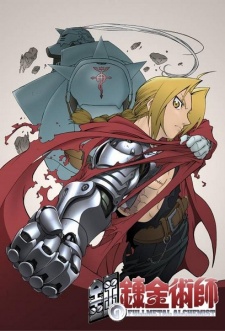
Fullmetal Alchemist is the story of two brothers who become fascinated with the practice of alchemy. The brothers commit the ultimate sin of alchemy, human transmutation, in an attempt to bring their dead mother back. This causes one of the brothers to lose his human body and the other to have prosthetic limbs. I think that FMA was a big influence on Blue Exorcist. There are many similarities within the art style of the two. Also, both feature a mature and serious tone that is typical for their shounen market.
D.Gray-Man
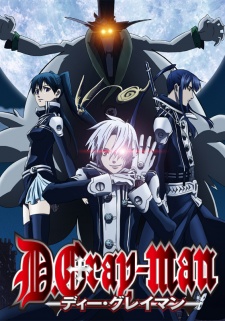
D.Gray-Man is centered around young Allen Walker, an exorcist. There is a legion of exorcists, known as the Black Order, who fight off the evil Akuma. Akuma are the bodies of dead people that are turned into giant living weapons. Akuma are created when The Earl of Millennium tricks someone by telling them their dead relative will come back to life, not mentioning they will return as an Akuma. D.Gray-Man has many direct similarities to Blue Exorcist. Namely, the concept of exorcism being used by the heroes of the show. Also, the Millennium Earl character is a master of deceit, making him similar to Mephisto Pheles.
Soul Eater
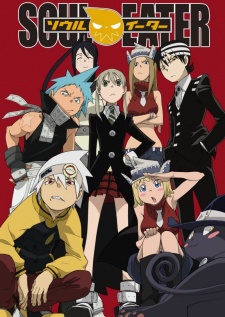
The Death Weapon Meister Academy is home to students who must collect evil souls and bring them back to the Dean of the Academy, Death. Weapons are people who have the ability to transform into a living weapon, be it a scythe, sword, etc... Meisters are those who are in control of said weapons and the two work as a team. The fighting off of evil souls is a concept explored in both Soul Eater and Blue Exorcist. The school setting also makes for a common link between the two shows.
Bleach
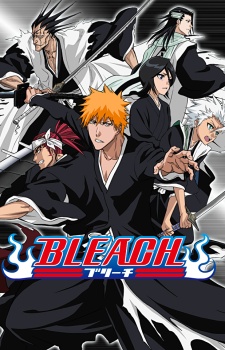
Ichigo Kurosaki is a 15-year-old (the same age as Rin and Yukio) who has the ability to see spirits. Ichigo is then bestowed with the gift of being a shinigami, giving him supernatural powers. Once given this ability, Ichigo uses his abilities to fight off evil spirits. Ichigo's ability to see spirits is comparable to Rin and Yukio's ability to see demons. The paranormal aspect and emphasis on epic action scenes are similarly employed in both Bleach and Blue Exorcist.

